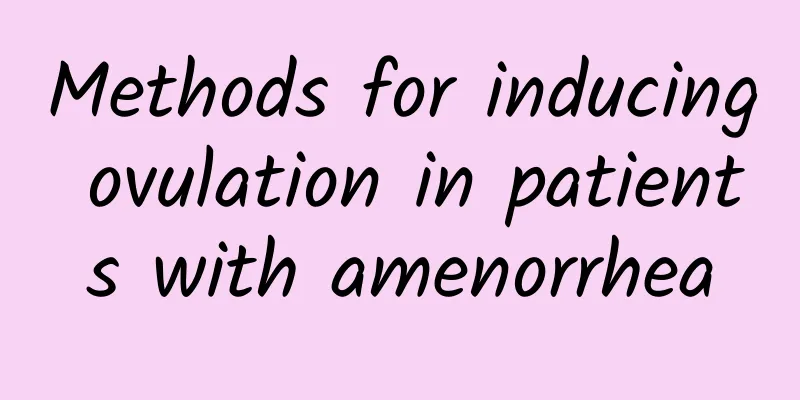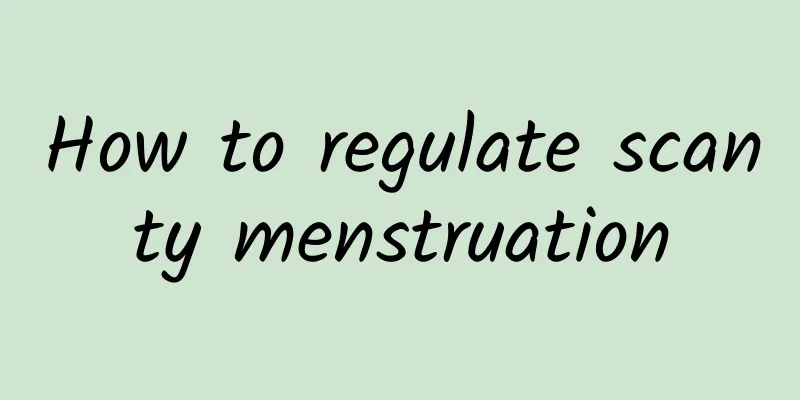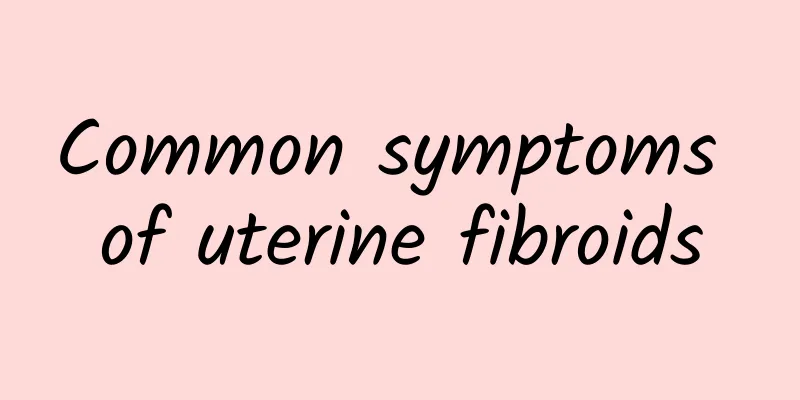Methods for inducing ovulation in patients with amenorrhea

|
For amenorrhea patients who desire fertility and have not lost ovarian function, hormones or analogues can be used to induce ovulation. Principles of inducing ovulation 1. For patients with pituitary insufficiency, follicle-stimulating hormone extracted from urine of postmenopausal women can be used to promote follicle development and secrete estrogen, and combined with chorionic gonadotropin for treatment, which has a high ovulation success rate; 2. For patients with normal pituitary and ovarian function but hypothalamic insufficiency or disharmony, chlorphenamine can be used to correct the function of the hypothalamic pituitary-ovarian axis and induce ovulation; 3. For amenorrhea caused by insufficient endogenous luteinizing hormone-releasing hormone, the use of pulse micro-luteinizing hormone-releasing hormone injection to induce ovulation has a good effect; 4. For patients with hyperprolactinemia, bromocriptine can inhibit the effect of prolactin, restore the secretion of gonadotropin, and thus induce ovulation. Drugs to induce ovulation 1. Take ethylphenol orally, 0.25-0.5 mg each time, once a night, for 20 consecutive days. It can be repeated 8-10 days after stopping the medication, for 3 consecutive cycles. 2. Inject progesterone intramuscularly, 20 mg each time, once a day, for 3 consecutive days. Withdrawal bleeding may occur 3 to 7 days after stopping the drug. If the next menstruation does not come when it is due, the injection can be repeated for 1 to 3 cycles. 3. Take ethylphenol orally, 0.25-0.5 mg each time, once a day, for 20 consecutive days. 16 days after stopping the drug, inject progesterone 10-20 mg, once a day, for 5 consecutive days. Vaginal bleeding may occur 3-7 days after stopping the drug. It can be used for 3 consecutive cycles, but attention should be paid to the dosage and time of the medication to avoid menstrual disorders and affect the efficacy. 4. Take nialestradiol orally, 5 mg each time, once a month. After the symptoms improve, the maintenance dose is 1-2 mg each time, 1-2 times a month. However, it should be used with caution in patients with asthma, heart and kidney dysfunction, depression, migraine, diabetes, abnormal liver function, thyroid disease, uterine fibroids, etc. |
<<: 3 major hazards of dysmenorrhea
>>: 2 Diet Tips for Patients with Menstrual Disorders during Menopause
Recommend
Three effective methods for treating cervical hypertrophy
With the continuous development of medical techno...
How are uterine fibroids caused? Can sexual disorders cause uterine fibroids?
In life, many female friends have uterine fibroid...
Weight loss starts with breakfast! Fat comes from the mouth, remember the 4 principles of not eating fat
Does skipping breakfast make you fat? As the sayi...
How to care for patients with amenorrhea in daily life
Amenorrhea is a common gynecological disease and ...
Sequelae of Bartholinitis
Bartholinitis may lead to sequelae such as repeat...
Can hyperprolactinemia cause dystocia?
What should you do if you unfortunately suffer fr...
What are the symptoms of acute cervicitis?
What are the symptoms of acute cervicitis? Cervic...
What are the advantages of micron light treatment for cervical erosion? Three advantages of micron light treatment for cervical erosion
I believe everyone is familiar with cervical eros...
Vaginal bleeding should pay attention to pelvic inflammatory disease
Gynecological diseases have always been the most ...
A simple analysis shows that injury is also the cause of cervicitis
In life, many people suffer from cervicitis. The ...
Is cervicitis hereditary?
Is there a genetic tendency for cervicitis? The a...
What to do if a woman has threatened miscarriage
What should women do if they have threatened misc...
Can I detect a miscarriage after it occurs?
Nowadays, the openness of sex life has caused man...
A series of causes that trigger pelvic inflammatory disease
Pelvic inflammatory disease is a common disease a...
What are the vaginal wash solutions for Trichomonas vaginitis?
What are the vaginal wash solutions for Trichomon...









